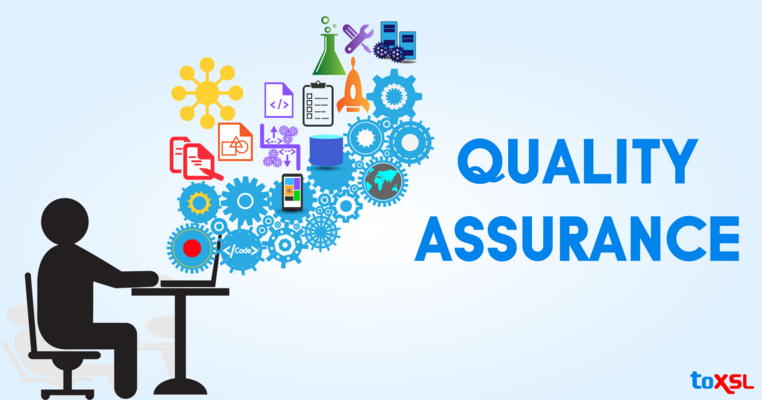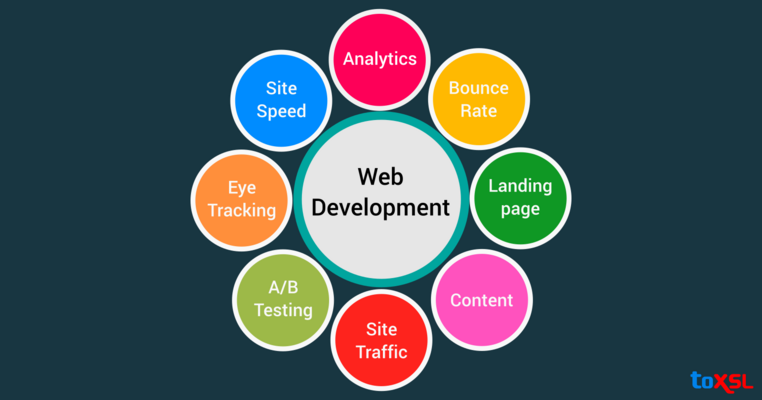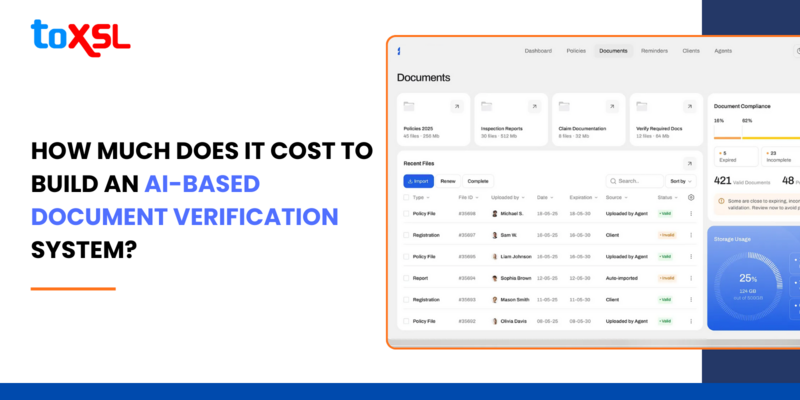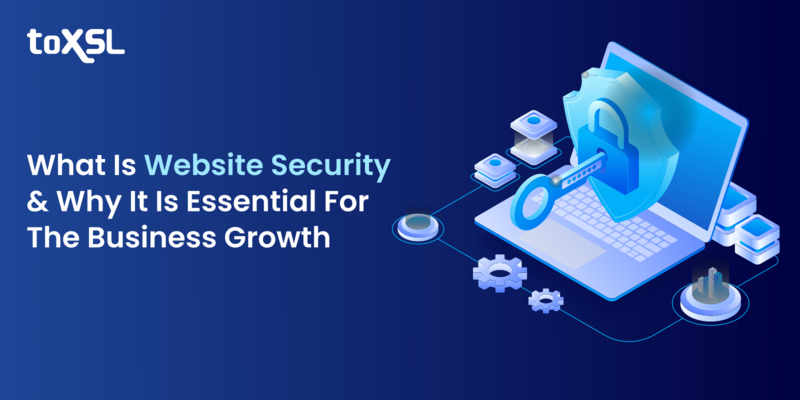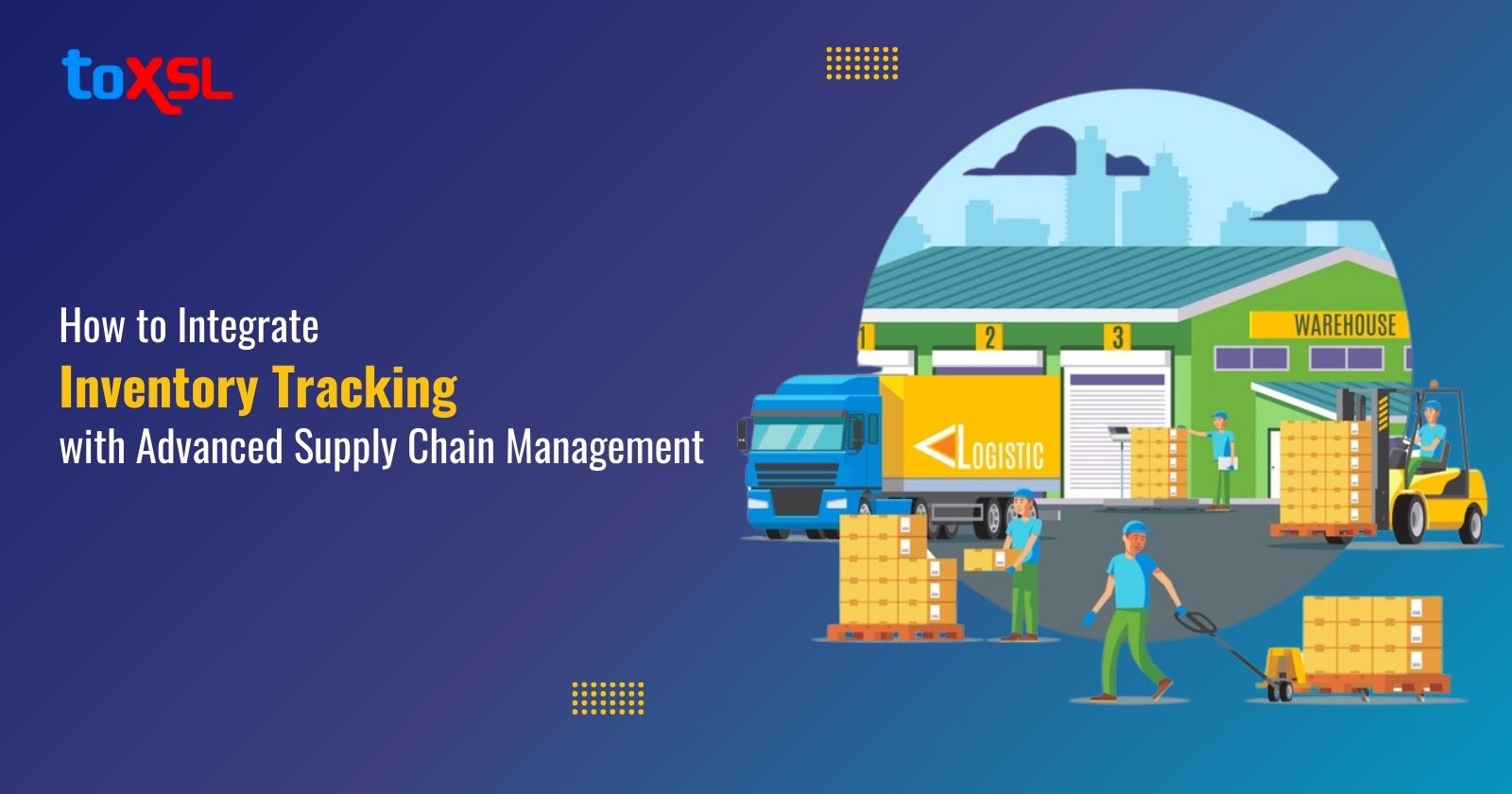
Are you dealing with the relentless pressure to adapt to the changing competitive environment? Nowadays, businesses are constantly looking for alternatives to streamline production costs and improve productivity. However, the focus is on lowering production costs, but there is no focus on lowering logistic expenses.
So, what should industries do? To remain competitive, businesses must offer products at a lower price point or offer more valuable products, offering superior service than their competitors. This approach can help businesses remain relevant and profitable.
Benefits of Integrating Inventory Tracking and Supply Chain
Integrating inventory tracking and supply chain management means creating a single, centralized system that provides real-time visibility across the entire process, from raw materials to the customer’s doorstep. This unified view brings a wealth of advantages.
Enhanced Visibility and Real-Time Data: Imagine having a clear picture of your stock levels – not just in one warehouse, but everywhere you do business. A connected system lets you do just that. It gives you a real-time view of what you've sold and what's in stock. This helps businesses guess how much they're going to need. This means avoiding running out of popular items or being stuck with too much of something no one wants. The system will also send warnings if there are problems with getting supplies, so you can fix them quickly. You’ll always have the information you need to make smart decisions about what to make, buy, and where to move things.
Streamlined Operations and Increased Efficiency: This system can automatically reorder products when they get low – saving you time and cutting down on mistakes. Orders are sent to the best location to fill them, considering what’s available, how close it is to customers, and how much shipping will cost. This speeds up the whole process, so orders get fulfilled quicker. Predicting how much you need and managing your stock properly helps prevent waste. Sharing information automatically helps your teams and partners work together smoothly – everyone stays in the loop. Moreover, integrating Bill of Lading processing into this system ensures accurate shipment documentation and smooth tracking, further improving efficiency and reducing errors across the supply chain.
Cost Reduction Across the Value Chain: Having the right amount of stock means less money is tied up in extra inventory. That frees up cash for other things. Planning routes and combining shipments helps lower shipping costs. Predicting demand helps you get better prices from suppliers. Automating tasks and simplifying processes means fewer people are needed to do manual work. Avoiding stockouts (running out of products) prevents lost sales and unhappy customers.
Strengthened Customer Satisfaction: A connected system helps ensure customers get exactly what they ordered, the first time. Faster order processing leads to quicker deliveries and happier customers. Customers can track their orders online and see where they are, giving them confidence. If there's a problem, customer service has the information to fix it quickly. Reliable order fulfillment and great service build trust and encourage customers to come back.
Enhanced Supplier Relationships: Sharing your sales predictions and stock levels helps your suppliers plan better. They can adjust their production to meet your needs. Getting early warnings about problems lets you and your suppliers fix them together, reducing risks. Open communication and collaboration build trust and strengthen your supplier relationships. A strong and reliable supply chain gives you a competitive edge.
Steps to Integrate Inventory Tracking and Advanced Supply Chain Management
Integrating inventory tracking and advanced supply chain management is crucial for optimizing operations and staying competitive. Here's a comprehensive guide to help you seamlessly incorporate these essential elements into your business:
Implement a Robust Inventory Management System: Start by selecting an inventory management system that offers real-time tracking capabilities. Look for software that includes features such as barcode scanning and QR code functionality to minimize human error and improve data accuracy. This system should allow for perpetual inventory tracking, ensuring that your inventory levels are continuously updated as materials move through your organization.
Leverage Data Analytics: Utilize data analytics tools to gain deeper insights into your entire supply chain. Implement solutions like Tableau, Power BI, or SAP HANA to analyze historical data and trends, enabling more accurate demand forecasting. This data-driven approach will help you optimize inventory levels and identify potential bottlenecks in your supply chain.
Foster Strong Supplier Relationships: Develop and maintain strong relationships with reliable suppliers. Evaluate potential partners based on their track record, financial stability, and capacity to meet your needs. Negotiate favorable terms and establish open lines of communication to ensure alignment on expectations and performance.
Implement Continuous Monitoring: Set specific key performance indicators (KPIs) such as order accuracy, lead time, and inventory turnover rates. Regularly review supplier performance and conduct internal audits to identify areas for improvement. Collect and analyze feedback from all stakeholders, including suppliers and customers, to make data-driven enhancements to your supply chain processes.
Address Scaling Challenges: As your business grows, be prepared to address scaling challenges. Upgrade from manual tracking processes to automated systems that can handle increased inventory volumes
Also Read: How Much Does It Cost To Develop Inventory Management Software?
Key Features of Modern Inventory Management Systems
New software helps businesses keep track of their products automatically. It uses computers and sensors to watch what's in stock in all their warehouses. This helps them have the right amount of products – not too much, and not too little. They can instantly see how much they have and where it is. Here are the core features of a modern inventory management system:
Real-time Tracking and Monitoring: Imagine a system where everyone can see what's happening with your products, all the time. That’s what cloud technology does! It lets businesses see exactly where their products are as they move from one place to another. Everyone on the team can see the latest information at the same time, and it's all kept safe online. It also uses smart technology (like GPS) to track products and connect with automated systems. This gives very accurate information about stock levels and helps businesses sell products faster.
Barcode Scanning: New labels with chips or barcodes help businesses collect information much faster. These labels reduce mistakes when entering data. It's easy to train employees to use the new system. You can quickly find products using these labels. Prices and product details are always correct and updated. People can use phones or tablets to scan the labels. Checking inventory becomes much simpler with this technology.
Automated Reordering: The system sends alerts when the amount of a product gets too low. It can automatically suggest when to reorder products. It can even create purchase orders and manage supplier information. The system can adjust prices based on different factors. It can send requests directly to warehouses to fulfill orders. Everyone can see the current inventory levels in one place. You can track how products are moved between locations in real time.
Each location can have its target inventory levels. Inventory counts are kept consistent across all systems. The system alerts you when products need to be moved around to balance stock levels. Planning your inventory carefully helps you guess how much stock you need and make sure you have enough to meet customer demand. This makes automated reordering and stock management even better.
Multi-Location Management: You can now keep track of inventory in many different locations. The system automatically updates how much stock is at each location when products are moved. It's like having one central place to see everything happening in all your warehouses. This lets you create reports and make decisions based on information from all your facilities.
Demand Forecasting: The system uses past sales information to guess what customers will need in the future. It looks at how sales change with the seasons and how quickly certain products sell. It also considers trends in the market and how customers behave. By analyzing all this information, the system can better plan how much stock to have and help sell products faster.
Reporting and Analytics Dashboard: The asset tracking management software shows important information about your inventory in easy-to-understand charts and graphs. This makes it easier to make quick decisions. You can see how much your system says you have versus how much you have on hand. The system helps you understand how sales are changing so you can make sure you have the right products available. It also tracks how quickly you're selling products and how well each product is performing. You can see how fast your stock is being used and create your custom reports. The system can also suggest how to best arrange your warehouse and calculate when to reorder products. It helps you figure out how much stock you can safely store and helps you understand the cost of keeping inventory.
Cloud-based Architecture: Inventory management software is a key part of managing inventory today. It keeps your information safe and lets many people access it from anywhere. Using online platforms also saves money because you don't need to maintain your servers, and system updates are handled automatically.
Mobile Device Support: You can now manage inventory using apps on your phone or tablet. These apps let you scan barcodes and QR codes directly on the warehouse floor. You can count inventory and receive shipments using your phone or tablet. You can see how much stock you have and get product information from anywhere. The apps instantly update your inventory records. You can even take pictures of damaged items or problems with shipments.
Third-party Integration System: The system can connect with other important business tools. It can work with programs like SAP, Oracle, and systems for shipping and payments. These connections automatically share information, so you don’t have to enter everything by hand. This keeps all your systems up-to-date. The system is also designed to work with older systems and special industry programs, so you can keep using the tools you already have while adding new features.
Security and Data Management: Inventory tracking software allows you to carefully control who can see and change what. Different people can have different levels of access – some might only be able to view information, while others have permission to make changes. The system keeps track of everything users do, like when they log in, what information they look at, and what changes they make. To protect your data, the system automatically copies it to secure servers and makes daily backups. If something goes wrong, you can restore your data to a previous version. The inventory management system is also designed to be highly reliable and your backups are kept safe.
Conclusion:
Using technology to manage inventory and supply chains is a really important step. It helps businesses work better, become more efficient, and stay ahead of the competition in today's fast-changing world. Do you want to develop the best inventory tracking and supply chain management system? ToXSL Technologies is here to help. We have a team of experienced developers who have helped numerous businesses handle their supply chains by offering them the best inventory management solution. Contact us to learn more.
FAQ's
1. Why is inventory tracking important in supply chain management?
Inventory tracking helps businesses monitor stock levels, reduce waste, prevent shortages, and optimize storage costs. When integrated with advanced supply chain management, it ensures that products move efficiently from suppliers to customers, improving overall business operations.
2. How can I integrate inventory tracking into my supply chain system?
You can integrate inventory tracking by using automated software, cloud-based solutions, barcode scanning, and IoT devices. These technologies provide real-time updates on stock levels, helping businesses manage demand and avoid overstocking or stockouts.
3. What are the benefits of using advanced inventory tracking systems?
Advanced inventory tracking improves accuracy, reduces manual errors, enhances forecasting, and increases supply chain visibility. It also helps in faster order fulfillment, better decision-making, and cost savings by reducing excess inventory.
4. Can small businesses also benefit from inventory tracking integration?
Yes! Small businesses can use affordable cloud-based inventory management tools to track stock efficiently. These tools help them stay competitive by reducing waste, managing supply chains effectively, and improving customer satisfaction.





